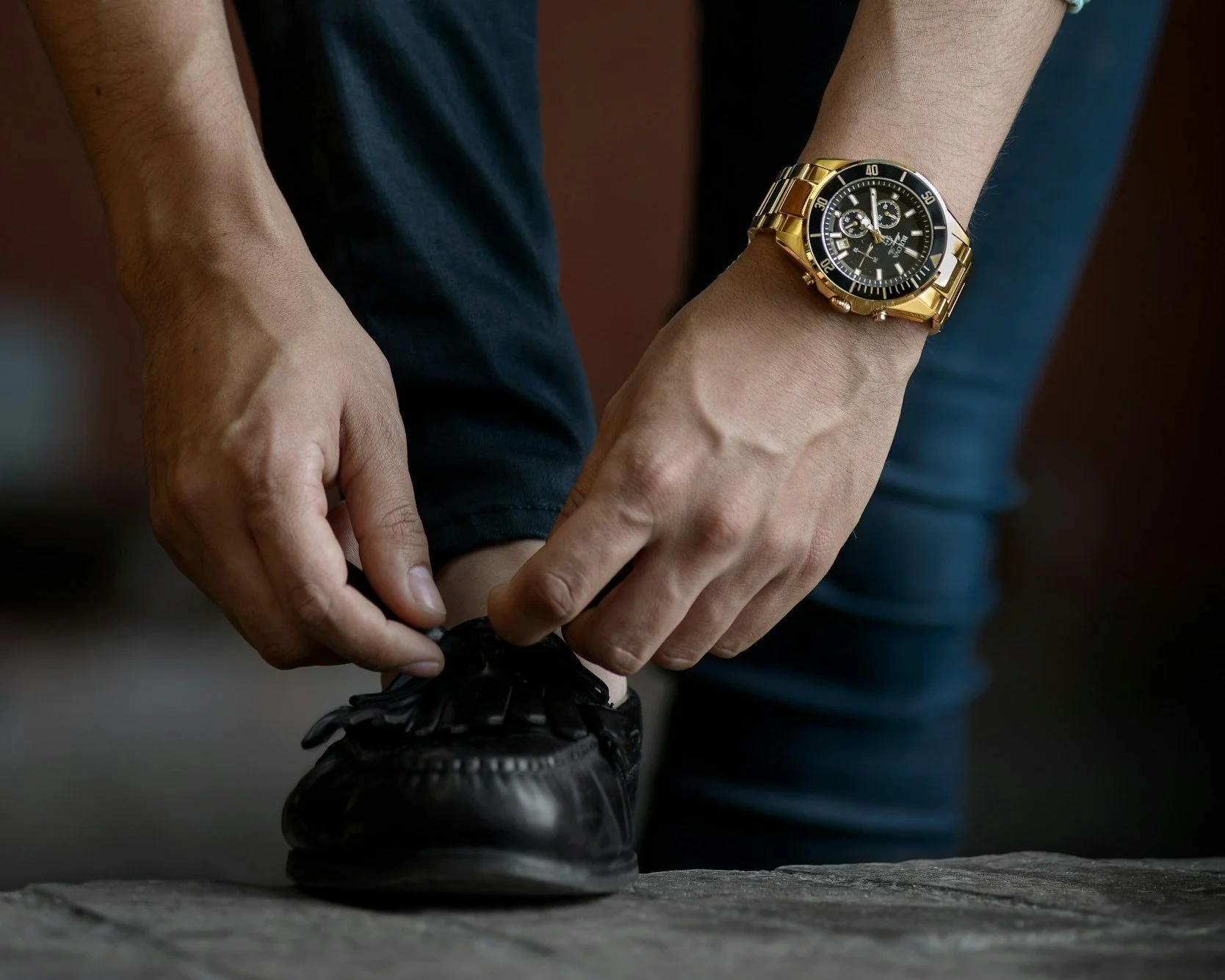The Silent Ascent: How Subtlety Redefines Luxury Fashion for the Affluent Today
On your way to work, have you ever tried to identify whether a person is rich or not? If yes, what will you look at first? For me and many of my colleagues, it is their outfit. A Dior dress is distinguished from an Hermes one. A Burberry scarf can’t be mistaken for a D&G one. However, in 2025, this game has upgraded to a new level with the rising preference for subtler expressions of wealth in fashion.
This shift, known as "Quiet Luxury" or "Stealth Wealth," is more than just a passing trend; it's a nuanced response to evolving socio-economic, cultural, and psychological factors. As luxury goods have become more accessible and public sentiment has shifted, the affluent have increasingly adopted a discreet aesthetic.
Defining "Quiet Luxury" and "Stealth Wealth"
Generally, quiet luxury is characterized by understated elegance, refined simplicity, and the use of high-quality materials. It emphasizes craftsmanship and timeless design, deliberately avoiding flashy logos or ostentatious branding. The core principle is that garments "whisper wealth" through their inherent quality and exclusivity, rather than overtly proclaiming it.
Increasingly, people are opting for a more understated expression of wealth, eschewing elaborate dresses and maximalist suits.
But hold on, it hasn’t stopped there. This quiet luxury is interconnected with stealth wealth, a discreet approach to affluence that prioritizes modesty and privacy in the display of wealth. This philosophy emphasizes the intrinsic value of possessions over their symbolic significance. Adherents often manage their finances prudently, cultivating wealth without drawing undue attention, preferring to blend in rather than flaunt their affluence through extravagant purchases. Together, these concepts signify a departure from traditional notions of luxury, promoting a more nuanced understanding of living well through quality, authenticity, and discretion.
Quick Guide to Understated Elegance
Refined natural materials
Quiet luxury prioritizes the quality of the product over superficial branding. Several core characteristics define this aesthetic. At its heart, quiet luxury is usually defined by the meticulous use of premium natural fibers. For example, brands like Loro Piana are renowned for sourcing some of the world's finest and rarest materials, including baby cashmere and vicuña. These materials are chosen not only for their luxurious feel and softness but also for their inherent durability and longevity, ensuring garments age beautifully and retain their elegance over time. Next time you see some synthetic, processed, and low-quality fabrics like polyester, nylon, and acrylic, know that they are deemed inferior not only for their discomfort and their environmental impact, but also for the lack of an aura of wealth.
Exquisite craftsmanship
What else can you spot from a low-key luxury handbag? Answer: The craft. Extraordinary craftsmanship, meticulous attention to detail, and often hand-finished construction are definitive. They speak volumes about the garment's quality without resorting to overt branding. This usually combines with the relevance of the piece. Indeed, quiet luxury emphasizes designs that transcend fleeting trends, focusing instead on classic cuts, clean lines, and simple aesthetics.
Fashion colour schemes and craftsmanship become the new benchmark for prestige and class.
Demure colour palette
Also serving as an antithesis to seasonal fads, muted, neutral, and earthy color palettes are highly sought after. Soft pastels and earth tones are also incorporated to add subtle color without overwhelming the understated look. In an interview with The Straits Times, Alessandro Sartori, artistic director of Ermenegildo Zegna, commented: "It is all within a limited tonality - stylish, but not too much out of the perimeter of being noticeable".
Why?
The shift towards quiet luxury is underpinned by complex sociological and psychological dynamics that redefine how status is communicated.
Quiet luxury appears to be counterintuitive, especially when compared to the famous "conspicuous consumption" theory, first coined by American sociologist Thorstein Veblen, which considers luxuriousness as a means of signalling status to the masses. Instead of "shouting" wealth, quiet luxury whispers it through subtle sophistication. This is a refinement of status signalling, moving from broad to narrow communication.
As quiet luxury signals wealth to those with similar refined tastes, it can be seen as an effort to social stratification.
Quiet luxury signals wealth to those with similar refined tastes. Channelling French sociologist Pierre Bourdieu’s ideas, we can say that they aim to display "cultural capital" or “You can only understand my values if you have such wealth and good taste”. Individuals who embrace this understated style often seek social connection and association with like-minded individuals. Therefore, these can also be seen as an effort to distinguish themselves from the Nouveau Riche.
What does it mean for the luxury fashion industry?
The rise of quiet luxury poses both opportunities and challenges for the industry. Brands must pivot their narratives to emphasize quality, heritage, and the inherent meaning within their products. The focus is increasingly on personalized luxury experiences, where consumers seek more than just products; they desire extraordinary, memorable experiences. This necessitates a fundamental re-evaluation of luxury brand marketing, moving towards a more holistic approach that sells a lifestyle, a philosophy, and an authentic connection, rather than simply a high-priced item.
The future of affluent fashion is likely to continue being defined by this delicate balance between exclusivity and understated elegance. It encourages a more thoughtful, intentional, and discerning approach to consumption, moving beyond the transient nature of fast fashion and conspicuous branding. The new icon of the rich is not a brand name, but the subtle, discerning eye that recognizes actual value in craftsmanship and timeless design.
About the Author
Bert Nguyen is a Copywriter with Flynde, a global company specializing in translation solutions for businesses of all sizes.
Discover the best-in-class translation solutions for your business. Trusted & certified for all languages with locations in Australia, Singapore, Switzerland & the USA. Flynde takes human translation strategies and uses advanced technologies to deliver them to our customers across our three business lines: Flynde for startups, Flynde for small businesses, and Flynde for corporations.
For more information, contact us at hello@flynde.com




